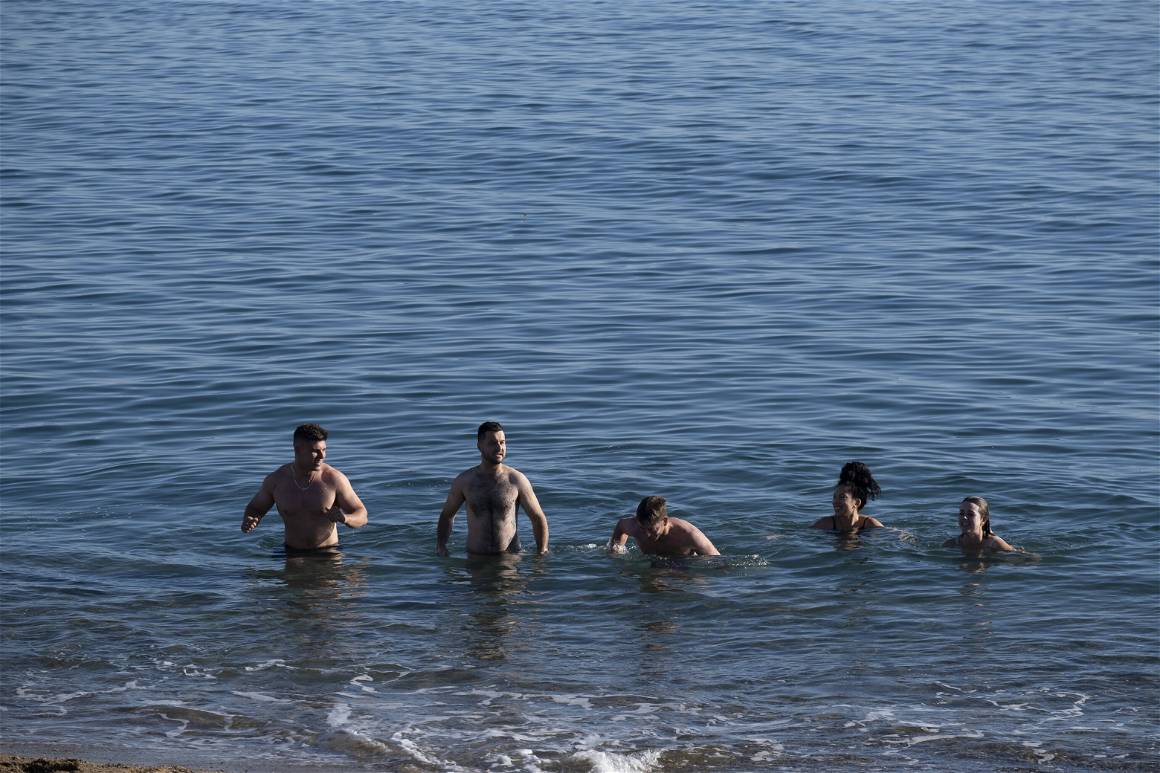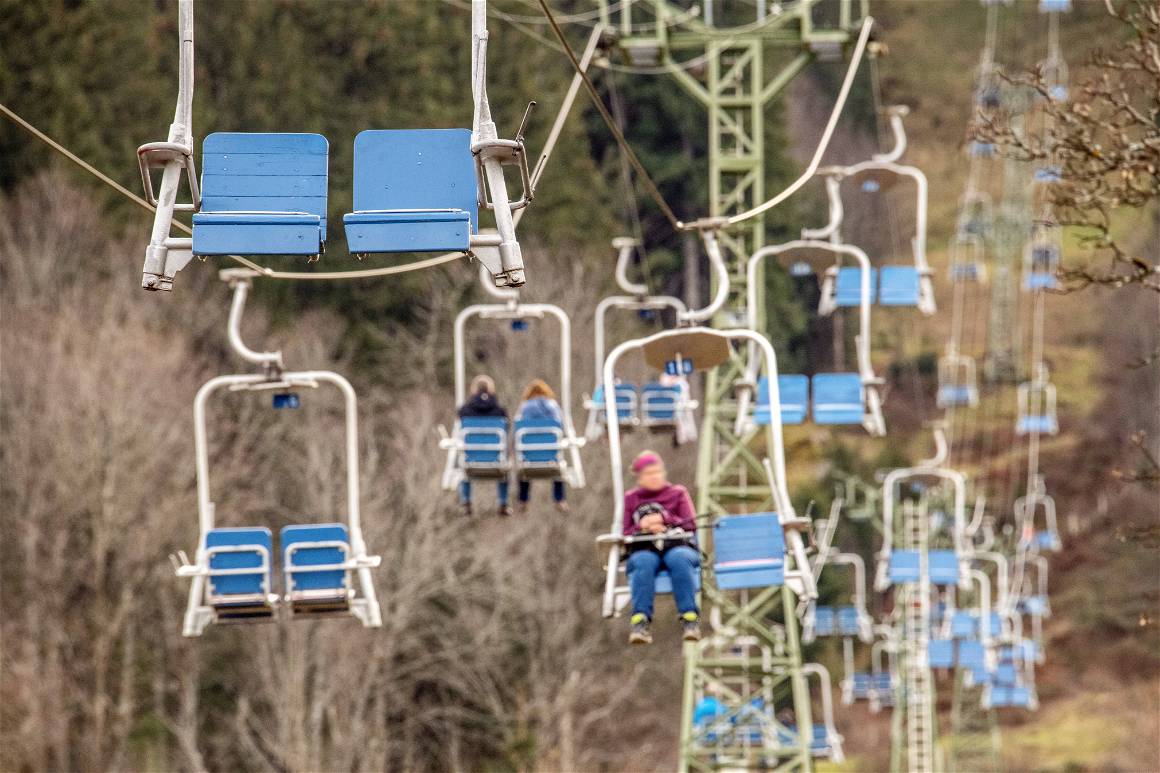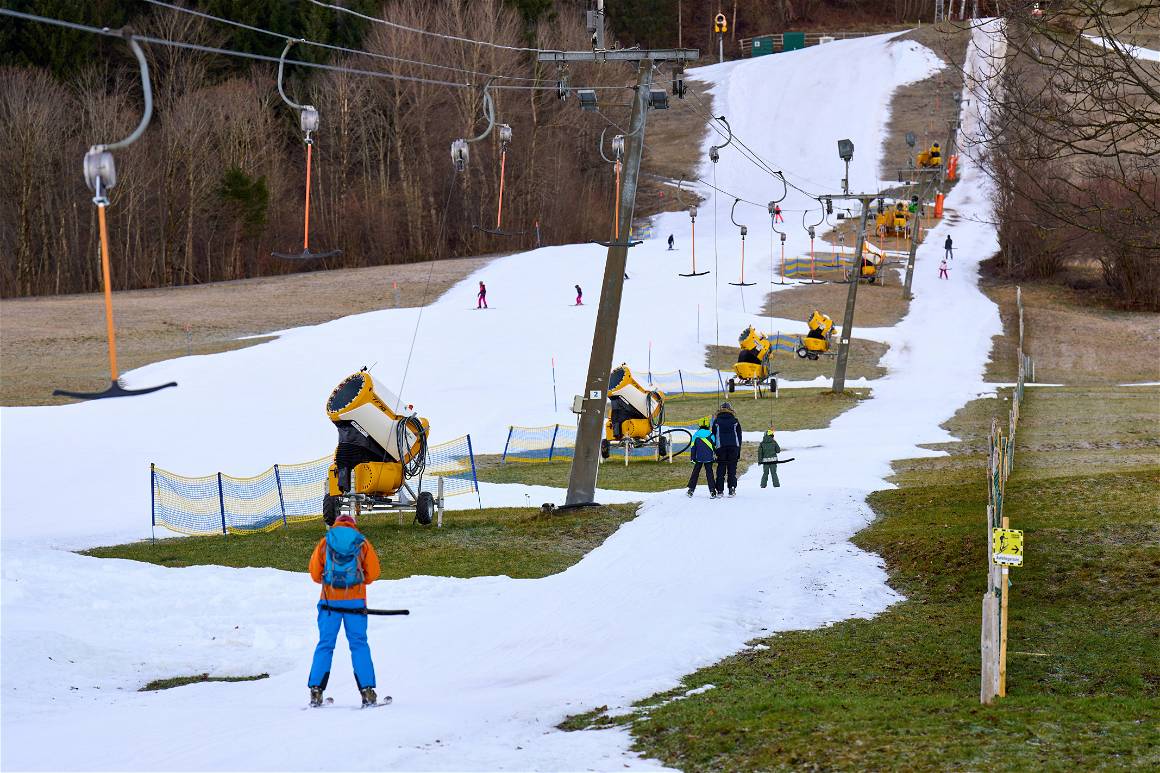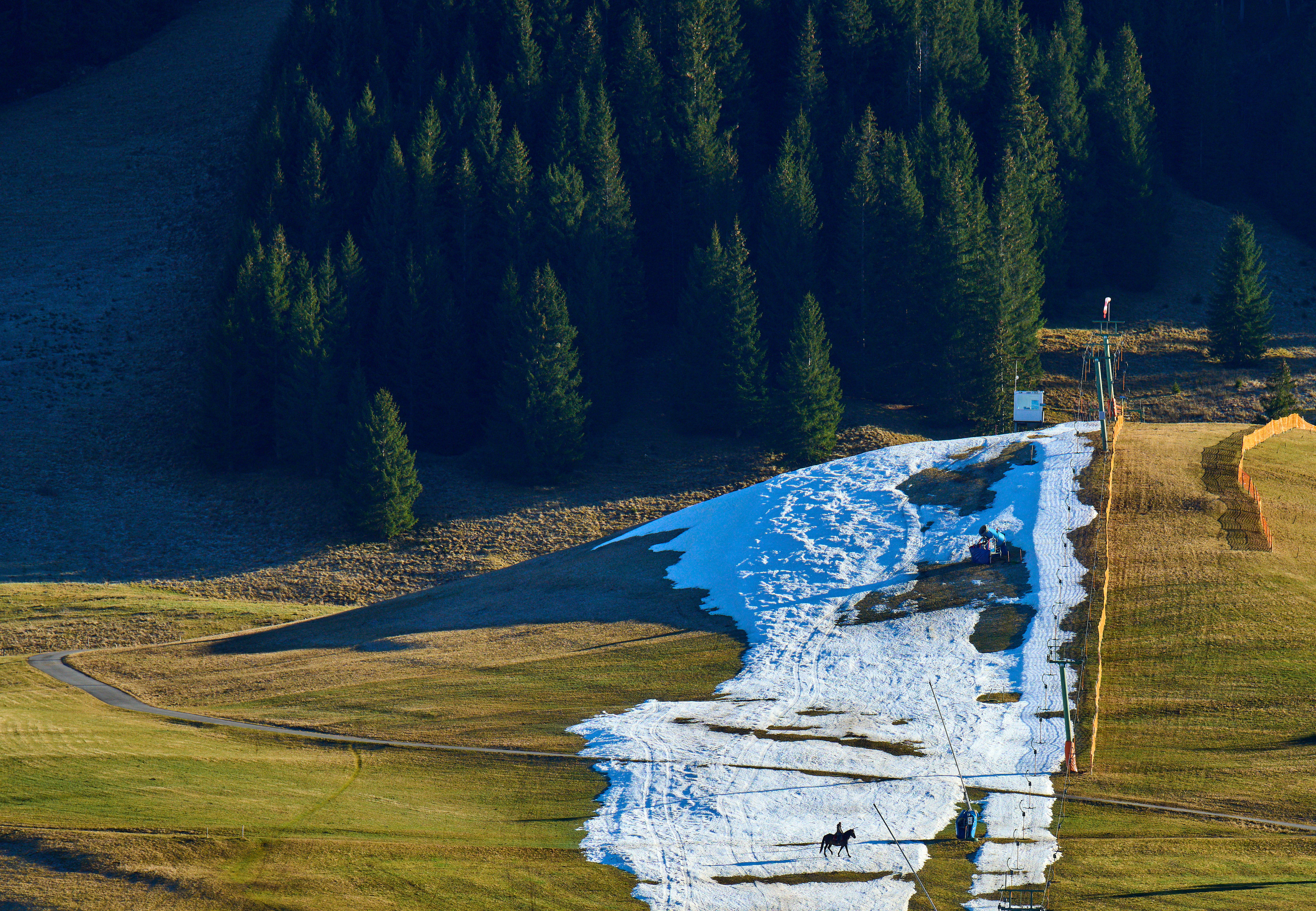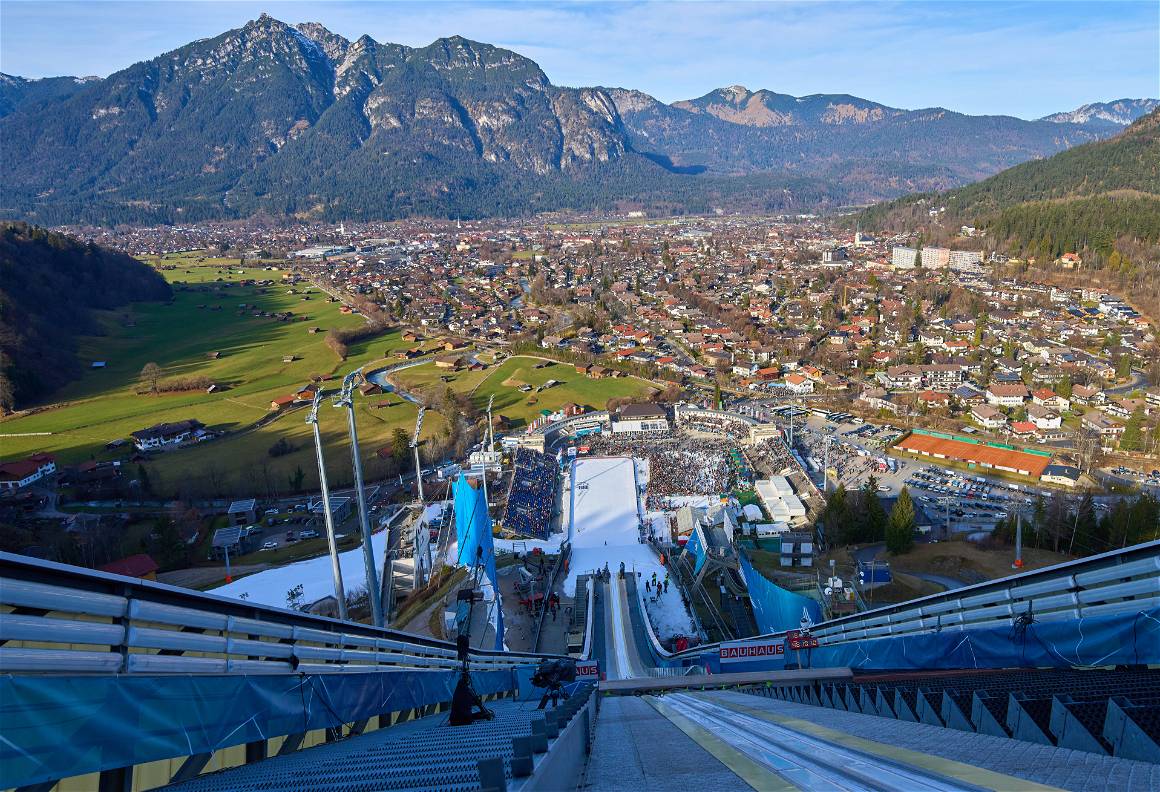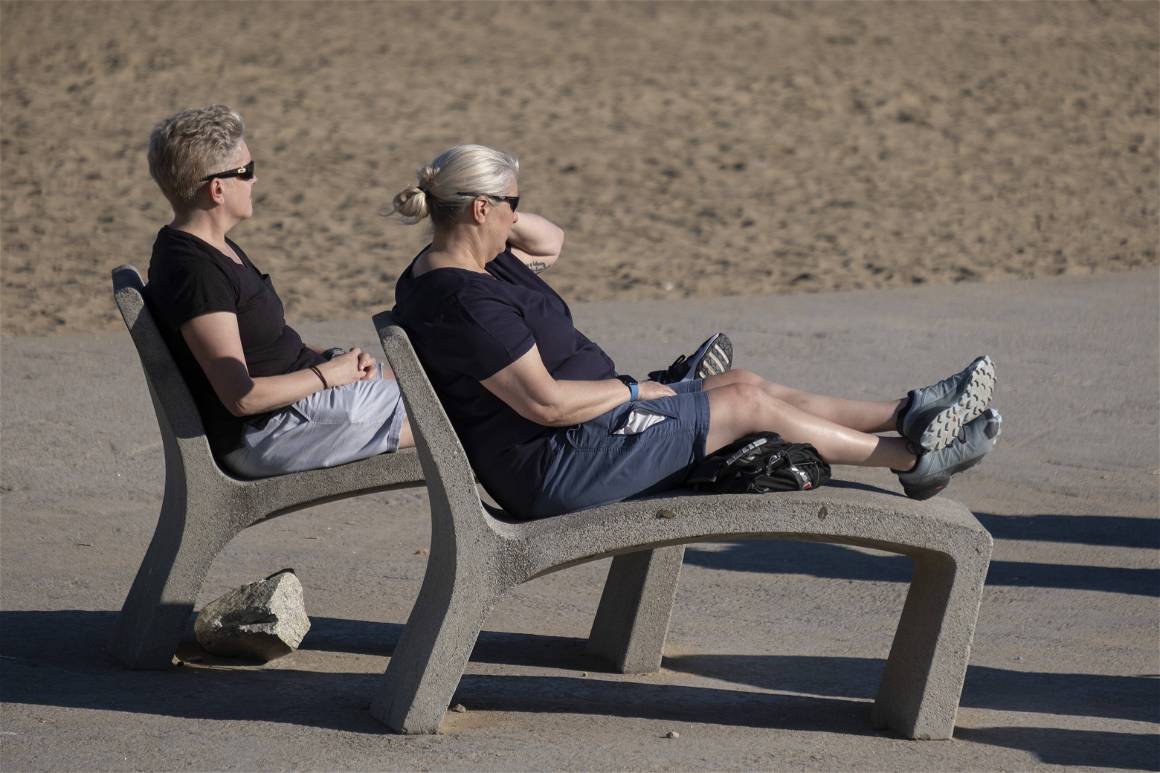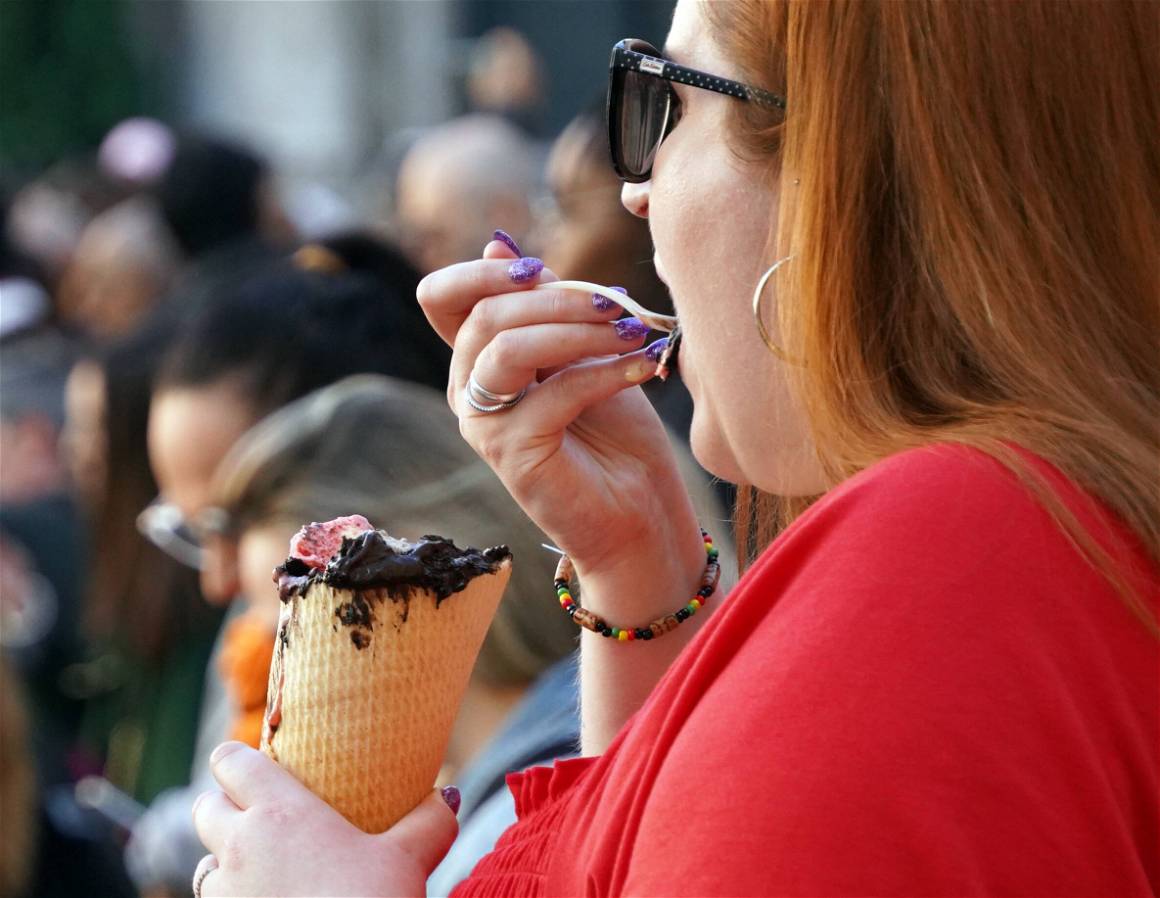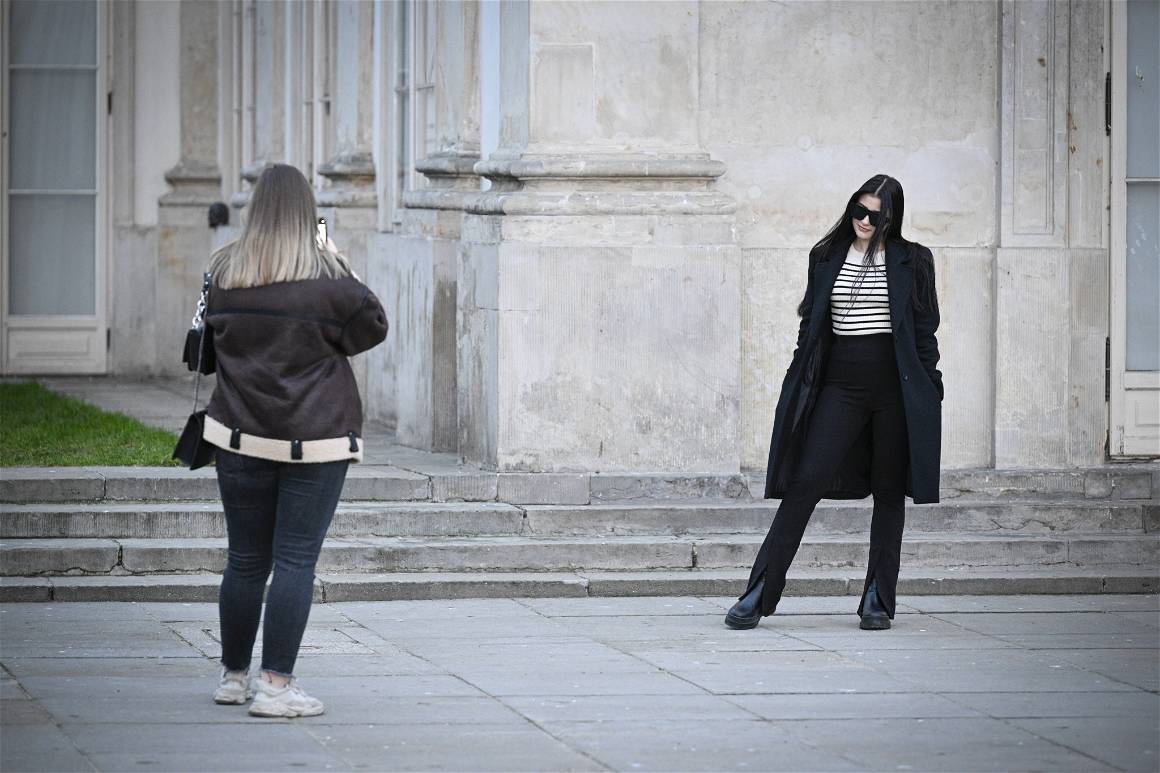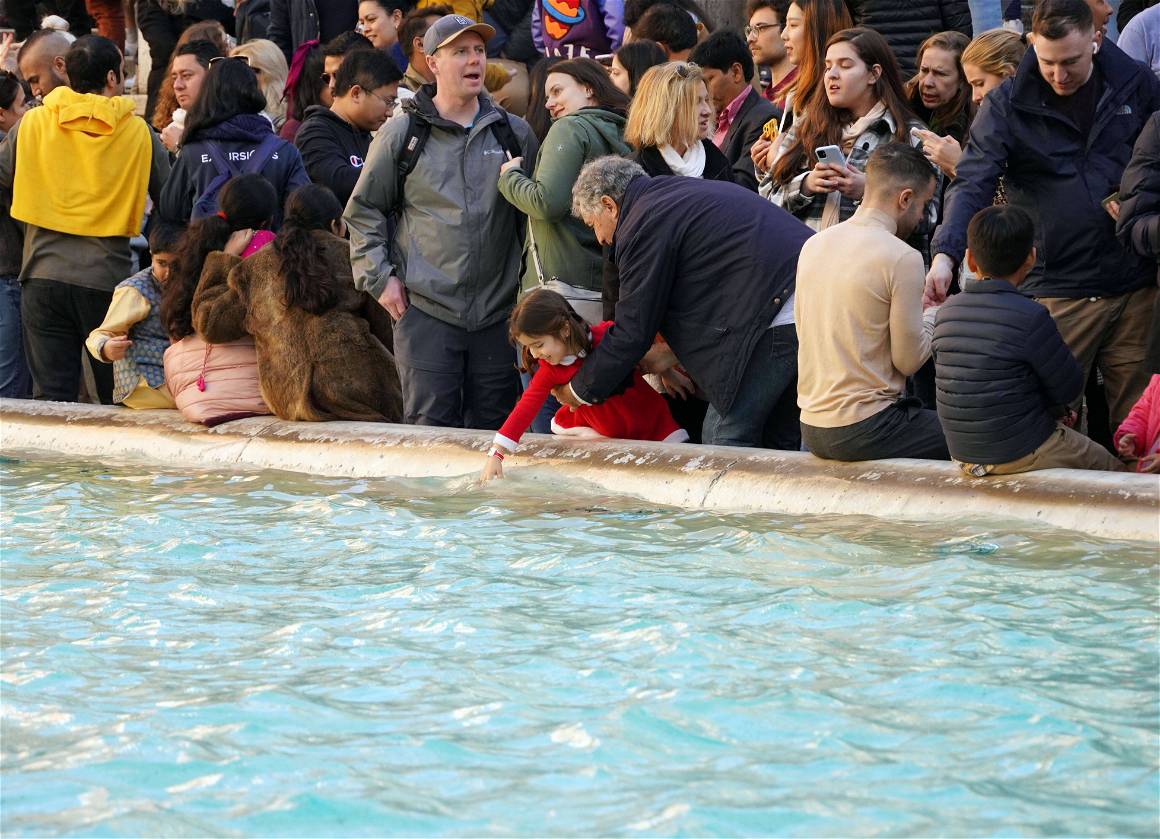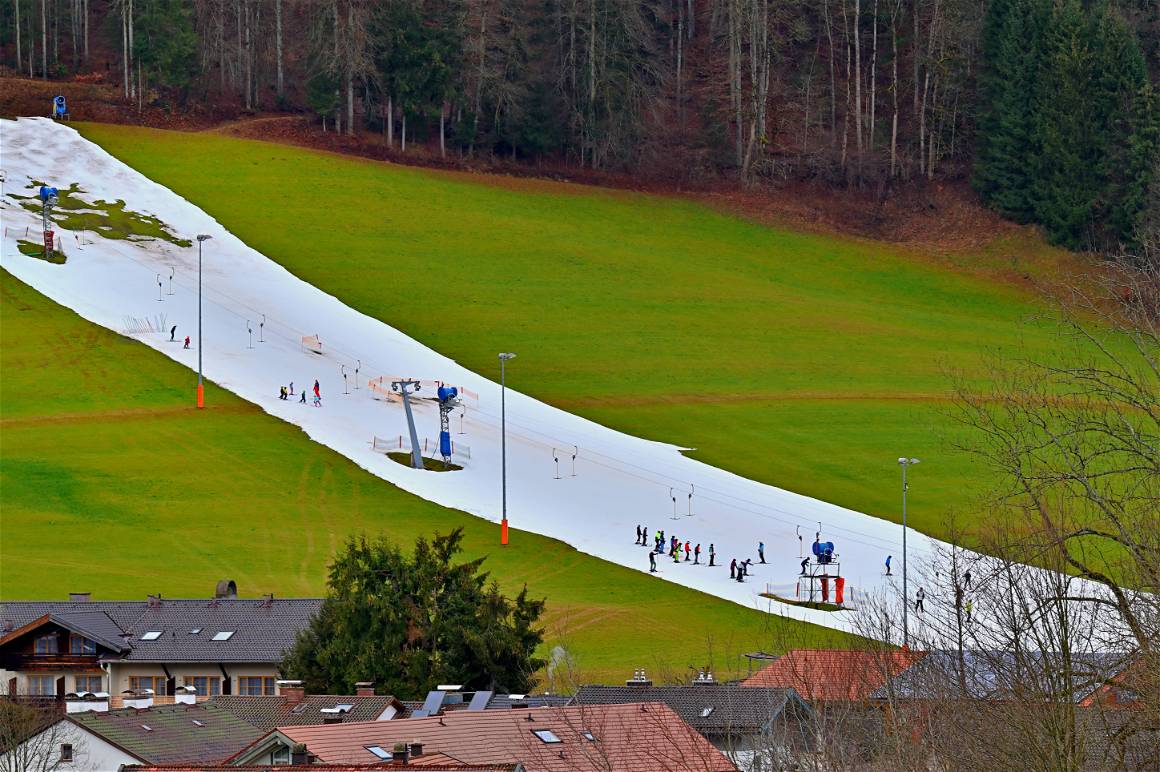The year 2023 got underway with a dire warning from climate change. The Alps, the highest mountain range in Europe, turned green instead of white, and most of Europe experienced the warmest new year ever.
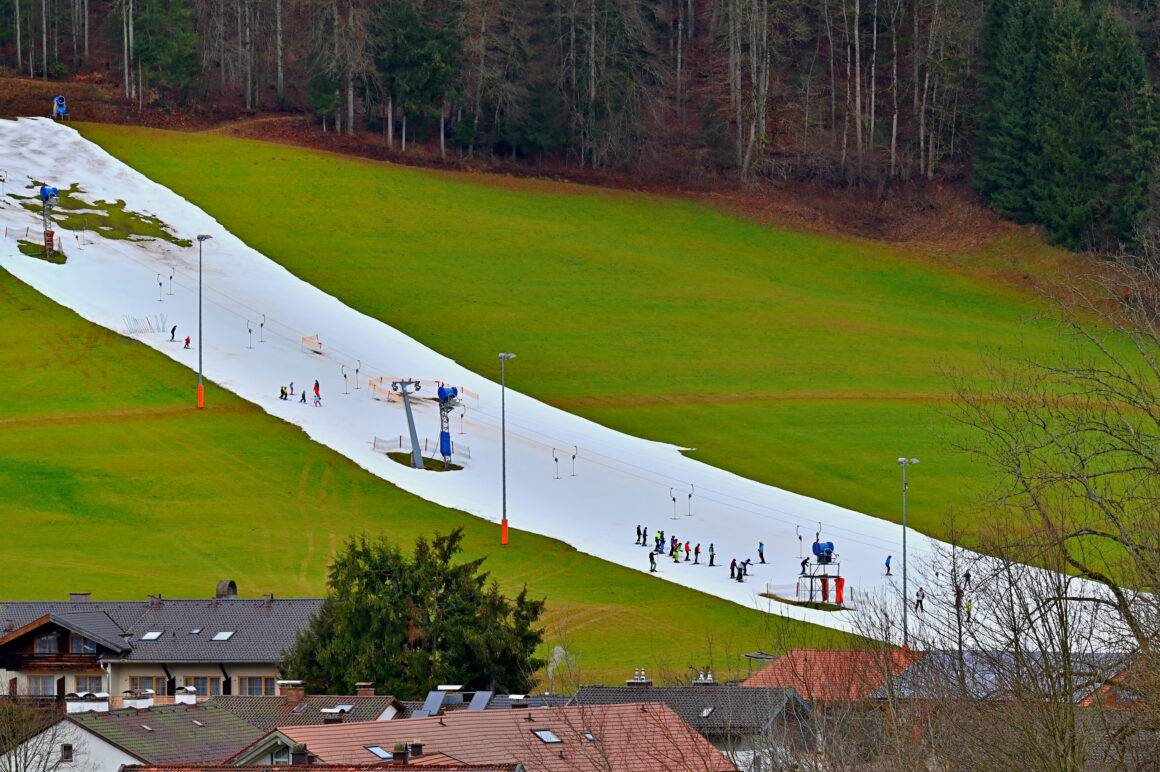
The Impacts of the Climate Change on Winter Sports: Dreaming of a Snowy Alps
The glint of a few white snowy lines in the green landscapes, from the mountain to the rivers, with a breeze in pleasant and not frosty weather; perhaps this is what summertime alpine vacationers hope for. But people who plan to go during the dead of winter for skiing and other winter activities may be in for a shock if the weather turns out to be the opposite. This is what has occurred so far this winter and at the start of the year 2023.
The year 2023 got underway with a dire warning from climate change. The Alps, the highest mountain range in Europe, turned green instead of white, and most of Europe experienced the warmest new year ever. Some of Europe’s most famous ski destinations, including Austria, Switzerland, France, Italy and Germany, had bare ground or patches of grass and rock at the start of the year.
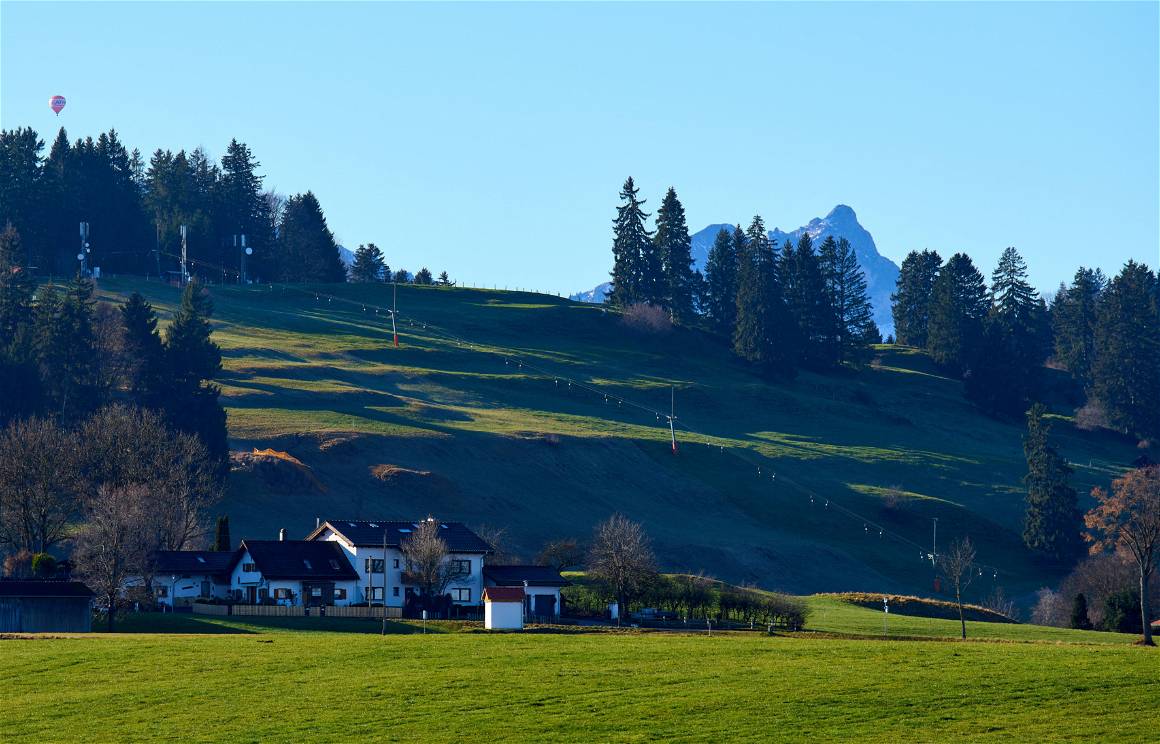
“It’s bizarre when I think about it, it used to be a white Christmas, now everything is green.”
The ‘Water Towers of Europe’ had a shortage of snowfall in December. As reported by BBC, the last time it snowed in the Austrian resorts near Salzburg was a full month ago. The snow cannons in Chamonix, France, are currently inoperable due to a lack of water. Instead of trying to offer winter activities, some Swiss destinations have constructed summer bicycle trails. While others have simply removed their ski lifts from service.
Organizers of several winter sports competitions in France have announced cancellations, postponements, and relocations due to the lack of snow on the mountain slopes caused by the unusually warm weather.
According to Germany Detailzero, Philipp Raimund the player of the Four Hills Tournament in an interview with DPA said: “It’s very, very sad, no matter which station. We didn’t have snow anywhere except here at the ski jump. That’s very sad when you think about the fact that it’s actually a winter sport.”
Karl Geiger another player also spoke about his concern over the new situation with DPA: “A little colder and a little snow would be nice, But it’s not a request concert. It’s bizarre when I think about it, it used to be a white Christmas, now everything has been green for what feels like three years.”
The ‘Schneemangel’ or the snow shortage in the recent Four Hills Tournament was so visible. In some areas like Pongau, they had to use artificial snow for the ski jumping competitions.
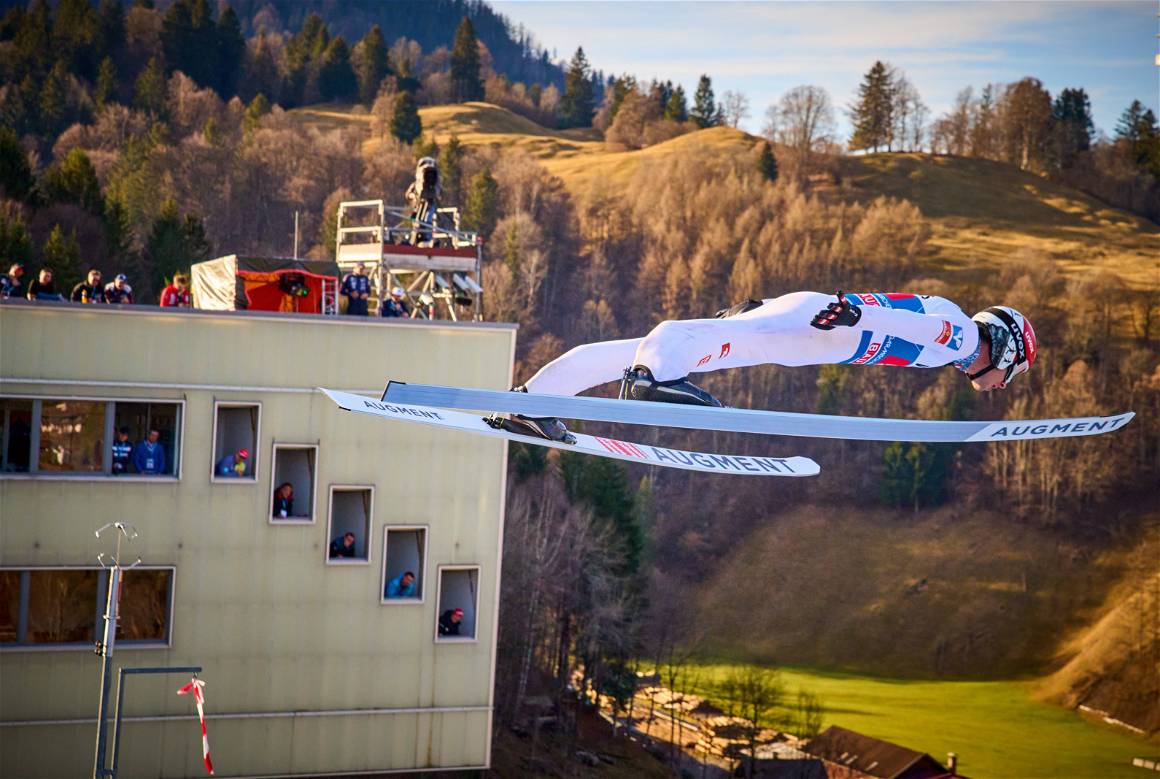
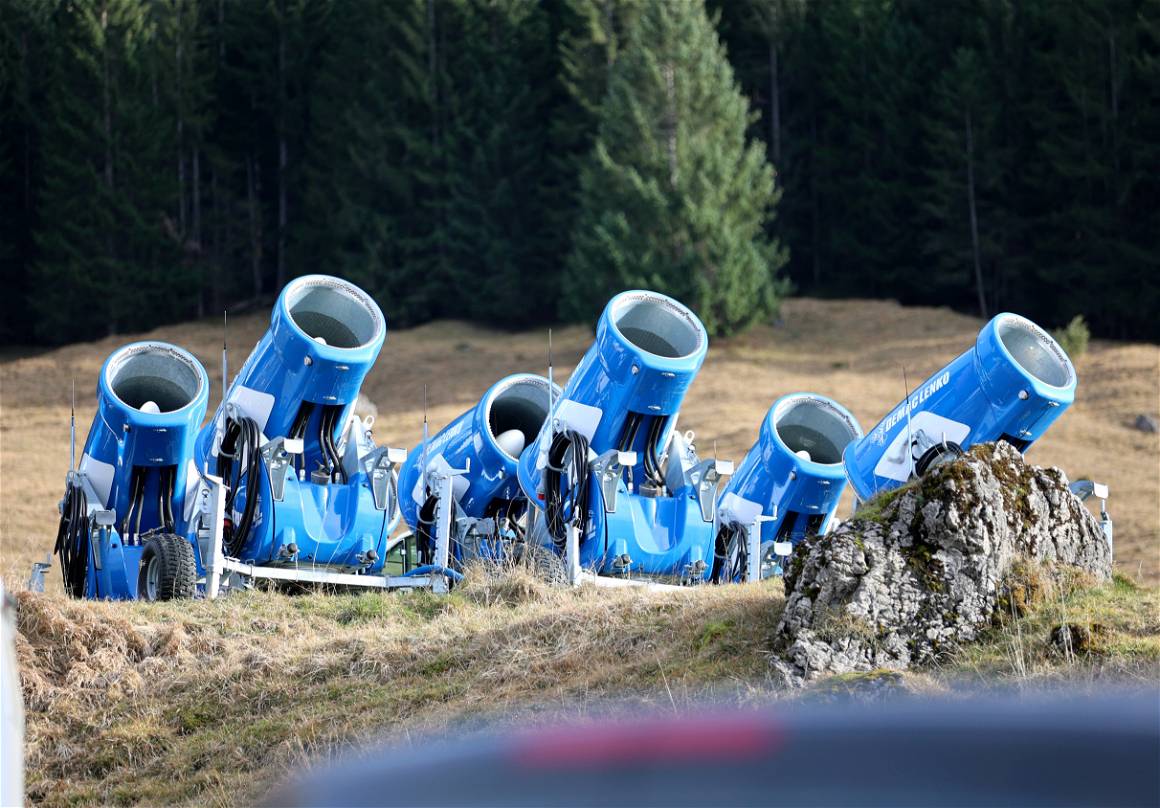
The World Meteorological Organization (WMO) reported that December and January saw the highest daily temperatures ever recorded at hundreds of weather stations in Europe. WMO records show that on December 31, the temperature in Dresden, Germany reached 19.4 degrees Celsius, breaking the previous record set in 1961 by 17.7 degrees.
Other European countries have recorded much higher temperatures or a comparable situation on the first day of the year: 25.1 degrees Celsius in Bilbao Aeropuerto, Spain; 18.6 degrees Celsius in Besançon, France; 18.9 degrees Celsius in Warsaw, Poland; and 12.6 degrees Celsius in Abed on Lolland, Denmark.
According to recent research released with “high confidence” by the influential UN Intergovernmental Panel on Climate Change, weather extremes witnessed in Europe are expected to continue growing. As IPCC reported over the regional fact of Europe, “Strong declines in glaciers, permafrost, snow cover extent, and seasonal snow duration at high latitudes/altitudes are observed and will continue in a warming world.”
